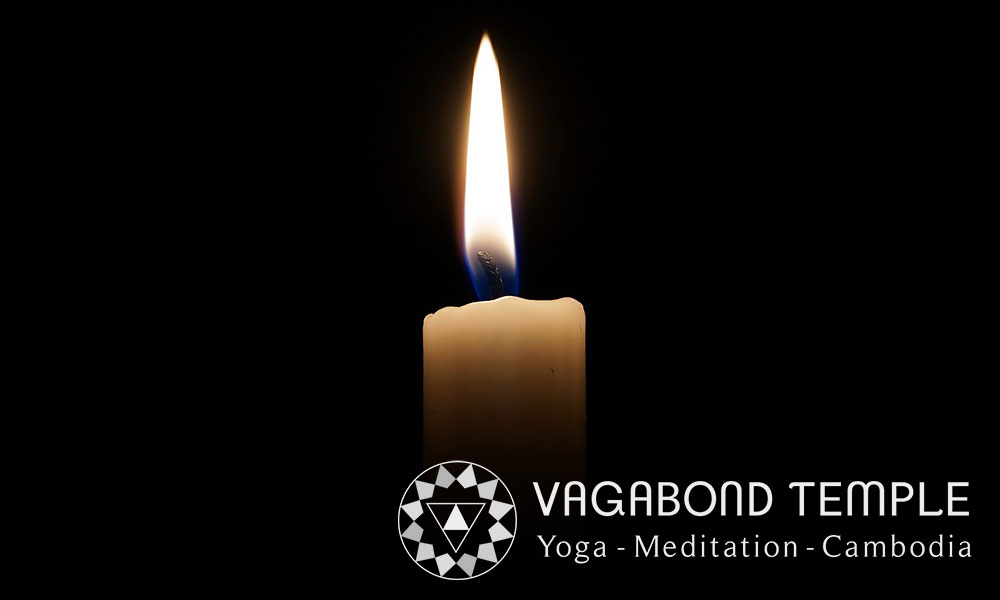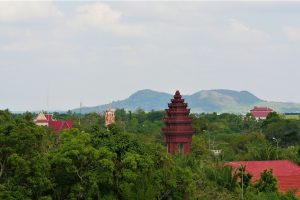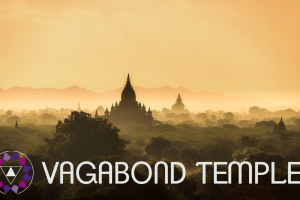A Meditation on Meditation

‘Meditation’ is a word that conjures an array of images; the yogi frozen in lotus position for innumerable hours; the Zen master capable of emptying the mind completely of thought; the meditator who dare not crack a smile during a ten-day silent retreat. While there are lessons to be learned from these notions, this isn’t what meditation is.
At its core, meditation is the practice of self-awareness. A gateway into this practice is the exploration of the sensory experience of the body. We’re currently living in an age of overstimulation, so it’s no surprise that many of us are disconnected from our bodies and fully identified with our minds. However, through meditating on bodily sensations, we can dive deeply into our inner landscape and become intimate with the present moment as it truly is.
The reality of this modern age is that we’ve created a culture of suppressed emotions – crying in public is often met with judgment as a sign of weakness, and expressing anger in a conscious, safe way is a mystery for many. However, this does not relieve the body of trauma and instead strengthens dormant triggers until the next car rudely cuts us up on the road and anger consumes all.
During the meditation marathon known as Vipassana (Goenka), practitioners scan the body for ten days and train the mind to tap into the subtlest sensations of the body. This process teaches the meditator how to move beyond conditioned responses to pain or pleasure and simply witness reality as it is – a cacophony of vibrations simultaneously coming and going in space.
Peter Levine created Somatic Experiencing as a method to heal trauma conditions such as post-traumatic stress disorder (PTSD) by assisting patients to explore sensations in the body, thus breaking through patterns of the mind known as Samskaras in Buddhism.
In the animal kingdom, tigers don’t hold onto trauma as they release toxins through shaking. Tension and Trauma Releasing Exercises (TRE) is a series of techniques that allow the body to release deep muscular patterns of stress. The exercises safely activate a natural reflex mechanism of shaking or vibrating that releases muscular tension, calming down the nervous system akin to the effects of meditation.
These practices are not solely for the meditation cushion and can be implemented in our everyday lives. In Zen monasteries, a bell rings every hour reminding monks to tune back into themselves for a minute regardless of what they are doing. Apps such as Insight Timer, an alarm that rings every hour but never exactly at the same time so that the mind does not create a pattern, make it easy to remember to connect to ourselves throughout the day.
Meditation is much more than an eyes-closed practice for seasoned Yogis. In reality, it’s a portal that can be navigated using a myriad of ancient and modern techniques; not one better than the other but perhaps more suitable at different moments of the day. Your journey has no map as the destination is ever-changing. However, meditation is a vital road sign for bringing about self-awareness in order to wake up and bring more joy into every moment.



